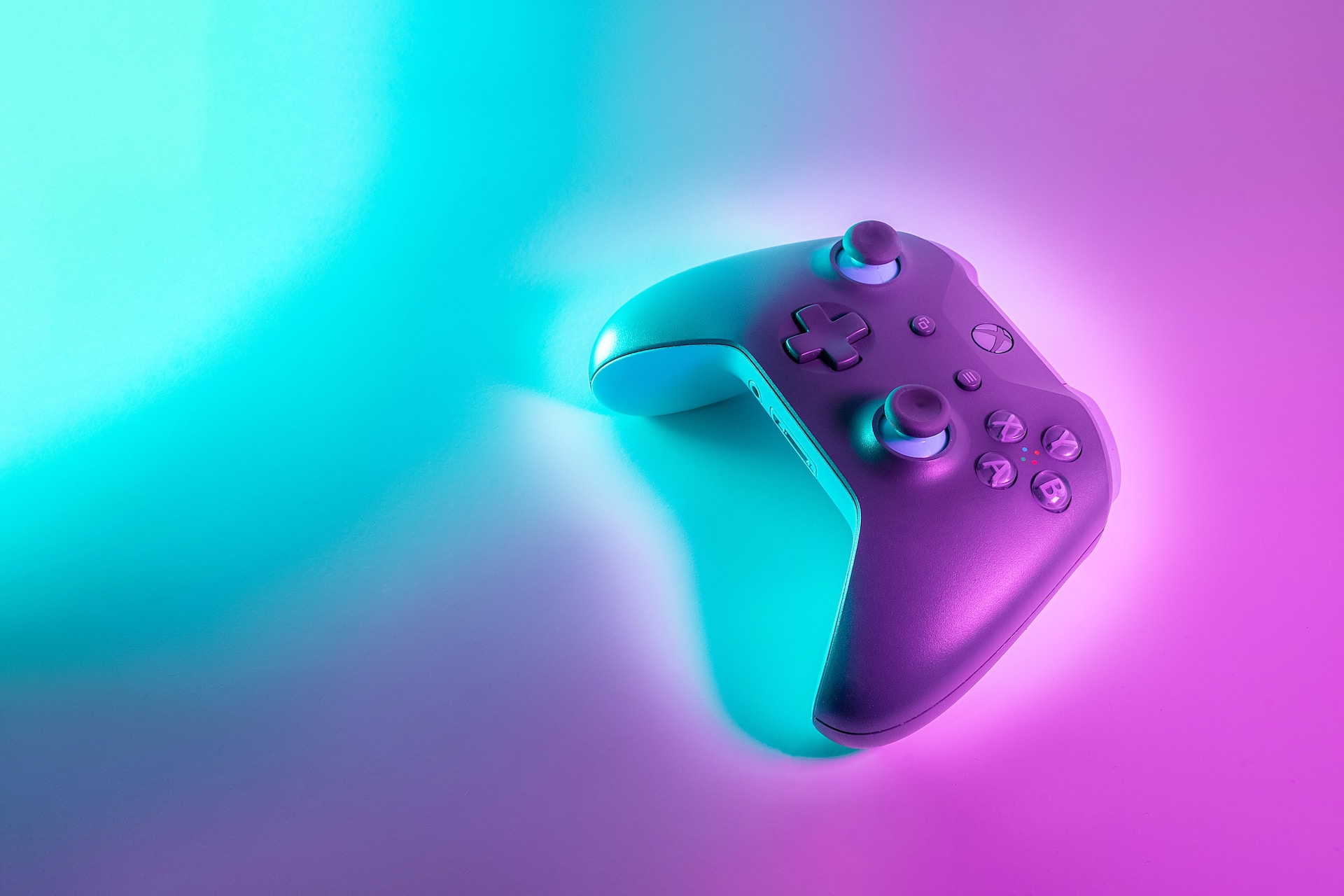Game designers have a tough job when it comes to creating a fun and engaging platformer. Platformers are often the go-to genre for newcomers to game development, but there are a lot of factors to consider when making one that is both engaging and well-designed. Here are some tips to help you create a successful platformer.
1. Choose a Distinct Visual Style – Platformers rely heavily on the visual style they present. Having a unique visual style will help set your game apart from similar titles, and will attract players to try it out. Make sure that your visual style is consistent with the type of game you are making, and that it hits the right balance of being both visually stunning and playable.
2. Prioritize Fun Gameplay – This is likely the most important factor when it comes to creating a great platformer. A platformer needs to have engaging and fast-paced gameplay that’s easy to learn and difficult to master. Think about the types of obstacles and challenges you want players to face, and make sure the controls feel intuitive.
3. Build Interesting Levels – Platformers require levels that are both creative and challenging. Pay close attention to the level design, and make sure it doesn’t become overly repetitive. It’s important to keep the player engaged while playing, and having levels that become increasingly difficult will help them stay focused.
4. Utilize Power-ups and Weapons – Power-ups and weapons are a great way to add complexity to a platformer. Consider adding power-ups and weapons that give the player an advantage and provide interesting new challenges. Balancing these power-ups and weapons is key to creating a fair and exciting experience.
5. Collectables and Unlockables – Adding collectables or unlockables to your platformer is a great way to encourage players to explore the levels and keep them coming back for more. These can range from simple secrets and Easter eggs to more elaborate unlocks. Providing incentive for players to explore the levels will make them strive to complete them.
6. Utilize Well-Placed Checkpoints – Aside from collectables, having checkpoints throughout the levels is a great way to ensure players don’t become frustrated with the difficulty. Allow players to recover from minor mistakes by providing well-placed checkpoints and offering useful tips and tricks.
Creating well-designed platformers isn’t easy, but with the right tools and techniques, designers can craft engaging titles that players will love. Start with a distinct visual style, prioritize fun and interesting gameplay, and build levels that challenge the player. Then, consider adding power-ups, weapons, collectables, and unlockables, along with well-placed checkpoints for a rewarding and satisfying experience.
